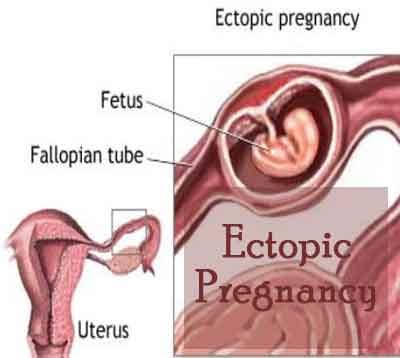- Home
- Editorial
- News
- Practice Guidelines
- Anesthesiology Guidelines
- Cancer Guidelines
- Cardiac Sciences Guidelines
- Critical Care Guidelines
- Dentistry Guidelines
- Dermatology Guidelines
- Diabetes and Endo Guidelines
- Diagnostics Guidelines
- ENT Guidelines
- Featured Practice Guidelines
- Gastroenterology Guidelines
- Geriatrics Guidelines
- Medicine Guidelines
- Nephrology Guidelines
- Neurosciences Guidelines
- Obs and Gynae Guidelines
- Ophthalmology Guidelines
- Orthopaedics Guidelines
- Paediatrics Guidelines
- Psychiatry Guidelines
- Pulmonology Guidelines
- Radiology Guidelines
- Surgery Guidelines
- Urology Guidelines
C- section scar ectopic pregnancy- a case report

A case study published in the Journal of Medical case reports demonstrated a case of a 36-years-old woman who was presented with a type 2 cesarean section scar ectopic pregnancy that was suspected on the basis of transvaginal ultrasound imaging.
Scar ectopic pregnancy is becoming increasingly common all over the globe. It is a novel and life-threatening form of abnormal implantation of an embryo within the myometrium and the fibrous tissue of the previous scar following cesarean section; hysterotomy; dilation and curettage; abnormal placentation; surgery on uterus like myomectomy, metroplasty, hysteroscopy and manual removal of placenta.
This is a case of a 36 years old woman from Africa patient who had two previous cesarean sections and one previous surgical evacuation. She diagnosed with a type 2 cesarean section scar ectopic pregnancy that was suspected on the basis of transvaginal ultrasound imaging, but not at laparoscopy/hysteroscopy. A bladder adherent to the upper segment of the anterior uterine wall obscured the gestational mass at laparoscopy. There were extensive intracavitary adhesions that interfered with hysteroscopic visualization. This resulted in the original operative procedure being postponed until magnetic resonance imaging confirmed the ectopic location of the pregnancy. The ectopic gestation was subsequently excised, and the uterus was repaired via laparotom
The authors stated in the case study that although the patient had undergone three previous uterine procedures, one case series shows that most scar ectopic pregnancies occurred just after only once cesarian. Hence, the number of cesarean sections appear to have no impact as an independent risk factor
Taking a cue from the case, the authors advised that it is important for clinicians and radiologists managing women with risk factors for a scar ectopic pregnancy to maintain a high index of suspicion during follow-up. Failure to diagnose and initiate prompt management may lead to uterine rupture, massive hemorrhage, and maternal death.
For further reference, click on the link
https://doi.org/10.1186/s13256-019-2069-9

Disclaimer: This site is primarily intended for healthcare professionals. Any content/information on this website does not replace the advice of medical and/or health professionals and should not be construed as medical/diagnostic advice/endorsement or prescription. Use of this site is subject to our terms of use, privacy policy, advertisement policy. © 2020 Minerva Medical Treatment Pvt Ltd